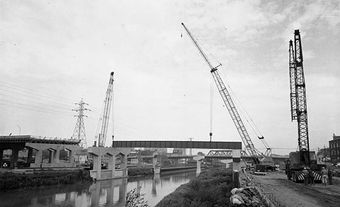
City Beautiful Movement
The City Beautiful Movement, an early urban planning effort, was active in Canada from 1893 to 1930. It promoted the planned creation of civic beauty through architectural harmony, unified design and visual variety. The Canadian movement was highly influenced by writing and activities in the US. Projects ranged from creating magnificent civic centres (eg, Wascana Centre, Regina), tree-lined boulevards to parks and parkway systems (Ottawa; see National Capital Commission).
Some historians have noted that the City Beautiful Movement in Canada was hampered by the lack of an integrated philosophy and the absence of an articulate national spokesperson. However, the amateur side of the movement was lively and active on the local scene. It was sustained by concerned citizens working through horticultural societies, newly formed civic improvement associations and even boards of trade. These smaller groups often effected greater change than the professionals, bringing to pass flower boxes on Main Street, street tree plantings, landscaping of public buildings, railway station gardens, allotment gardens and park creation. Worsening economic conditions, World War I and subsequent urban problems such as the need for affordable housing greatly diminished the larger projects, while the smaller, amateur efforts continued on for a time.
The movement's legacy is the persistence of certain ideals in the public mind, those of municipal parks, tree-lined streets, well-tended front lawns and public plantings.

 Share on Facebook
Share on Facebook Share on X
Share on X Share by Email
Share by Email Share on Google Classroom
Share on Google Classroom


